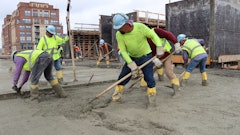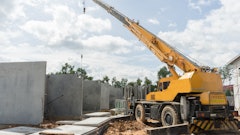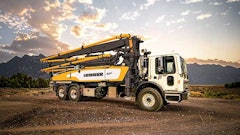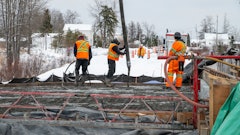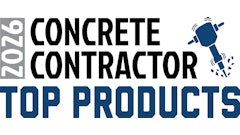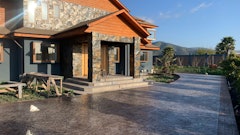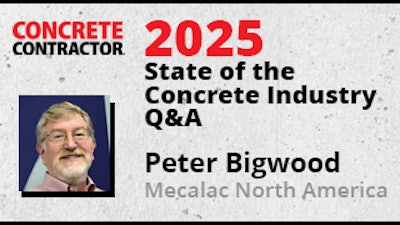
Peter Bigwood, general manager at Mecalac North America, shares his insight into the state of the concrete industry and the challenges contractors are managing daily. Concrete Contractor connected with Bigwood over email in June 2025.
Q. What have been the biggest challenges for concrete contractor suppliers so far in 2025?
 Peter BigwoodMecalac North America
Peter BigwoodMecalac North America
Q. What has been happening to address these challenges? How impactful have these efforts been?
Creative ways to attract labor — either through flexible working conditions, innovative pay schemes, or better training can be effective. As for the interest rate environment and tariff situation, sometimes there is no choice but to absorb the additional costs and live to fight another day.
Q. Outside of the economy, what segments of concrete construction have seen growth in 2025?
We have been most affected by the pressures on residential homebuilding. Interest rates and economic uncertainty appear to be the main culprits.
Q. How do you think this growth/narrowing will track going into 2026?
Again, the impact of tariffs may prove to be even worse than we are experiencing already, as the cost increases work their way through the supply chain.
Q. How are suppliers handling economic challenges?
As above, there are times when the only option is to rein in your costs as best you can, adjust to the market conditions, and make sure your organization can weather the storm.
Q. How have they been impacted by tariffs? Can you provide some examples?
At first, we were able to share the costs of the 10% tariffs on our European-manufactured equipment among our dealers, their customers and ourselves. As the new paradigm took hold, however, we have been passing on the entire burden of the additional costs to the end users.
What do you expect the economy to do for the remainder of 2025 Q. and 2026? What is your forecast?
We anticipate continued reduced circumstances for the remainder of the year, but do hold out hope that with reduced inventories, we may see increased volumes in 2026.
What technological areas do you see the potential for innovation? Q. What issues do you hope these solutions will address?
The obvious one — AI — should continue to evolve and offer up improved methods to provide customer support, including technical documentation, troubleshooting and parts operations; telematics are now becoming ubiquitous, but analytic tools are improving to make the systems more useful; finally, social media, or more specifically, the judicious and strategic use of same will lead to better marketing outcomes for concrete contractors savvy enough to harness its power.
Q. What are the latest changes for Mecalac?
We have just been acquired by a much larger outfit, and we are looking forward to having access to vastly greater resources to help us grow and thrive in these challenging times. Synergies, relationships, subject experts, networking opportunities, all this and more will help our modest business unit succeed.
Q. On a more lighthearted note, what has caught your interest lately in concrete?
With the accent on “light-hearted,” I am continually amazed at how concrete polishing companies can transform older factory and warehouse floors into things of beauty. I know this isn’t exactly the high-tech end of the business, but those guys are magicians!

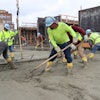
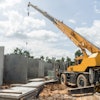
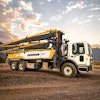


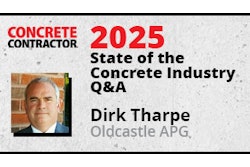
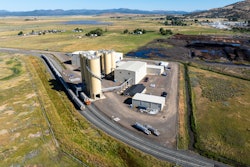
![Strux Macrofibers 58c9b97fd4aaf[1]](https://img.forconstructionpros.com/mindful/acbm/workspaces/default/uploads/2025/08/strux-macrofibers58c9b97fd4aaf1.cNEEIfY9kp.png?auto=format%2Ccompress&fit=crop&h=167&q=70&w=250)
